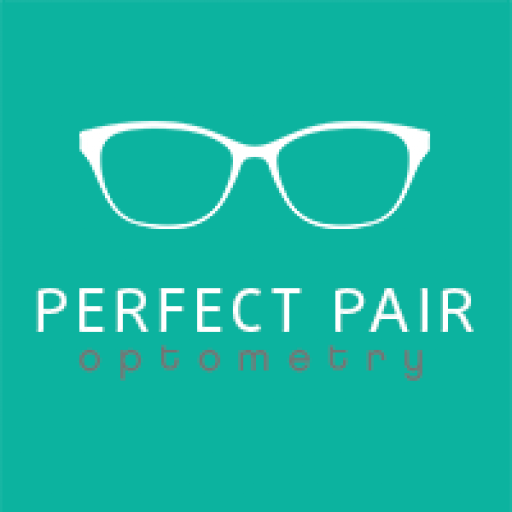Myopia Control

Myopia, or nearsightedness, is the condition that causes objects at a distance to look blurry. This occurs when the eye grows too long to naturally focus light on the retina. The eyes grow the most before the age of 20 and myopia progresses faster during these years. Therefore, it is important to control progressive myopia at the earliest signs of development.
Recent studies are showing that myopia is increasing in prevalence. It is estimated that 50% of the world population in 2050 will be myopic, and 10% of the world population will have high myopia (-5.00 or greater).
Besides causing distance vision blur, myopia also has detrimental effects to eye health. Myopic patients have higher risk of retinal detachments, cataracts, glaucoma, and myopic maculopathy. These risks increase significantly as the degree of myopia worsens.
Due to the visual impairment and ocular disease caused by myopia, there are now effective treatment options that slow the progression of myopia. Treatment options include:
- Ortho-keratology (CRT). Ortho-K is an overnight hard contact lens that temporarily reshapes the cornea and allows the patient to see clearly throughout the next day without the need for glasses or contact lenses. The patient inserts the contact lens before bed and removes it in the morning. It has the benefit of slowing down myopia progression by about 40-50%. CRT Lenses | Paragon Vision Sciences
- MiSight daily disposable soft contact lenses. This is a multifocal contact lens specifically designed to slow down myopic progression. The lens was studied by the FDA for 7 years, and the FDA study showed that the contact lens slowed down myopia progression by 59%. MiSight® 1 day for myopia control | CooperVision
- Low dose atropine. Atropine is an eye drop that dilates the pupil. There is a study showing that a low dose of atropine can slow down myopia progression by 30-35%. During the 2-year time frame of the study, the drop was shown to be safe and effective.
- Multifocal glasses. Multifocal glasses are theorized to slow down myopia progression by controlling accommodation. This method of myopia control is about 20% effective.
References:
The Complications of Myopia: A Review and Meta-Analysis – PMC (nih.gov)
